
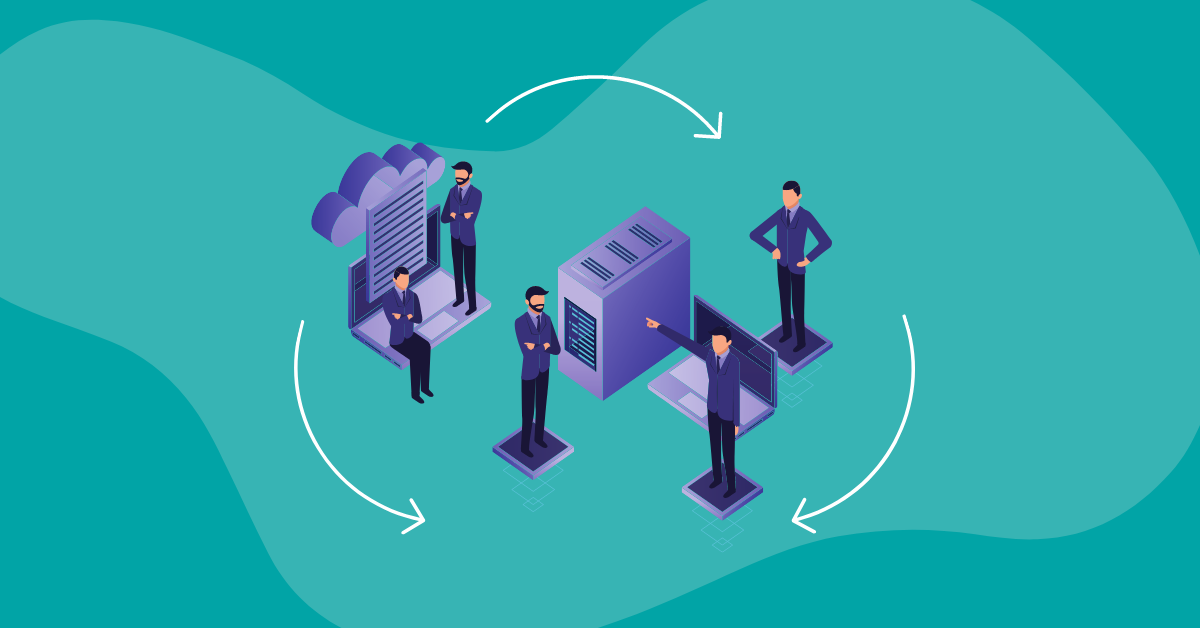
With the rise of collaborative software development environments, it’s more important than ever to ensure that code quality and security are top priorities. After all, when multiple developers are working on a project, one bad actor can easily ruin things for everyone else.
A connected cloud solution can help teams work together more effectively and enshrine security into the DNA of the application. By working collaboratively, teams can create more secure applications of higher quality. Security becomes everyone’s responsibility when working in the cloud, and this shared responsibility can help organizations build better applications and protect their data more effectively.
That’s why code quality and security operations should be every developer’s responsibility. By ensuring that code is high-quality and secure, developers can help in reducing code vulnerability. The following article will discuss the importance of code quality and devsecops in the collaborative development environment to create better applications.
To improve the efficiency of team collaboration, organizations can make use of cloud solutions in their software supply chain. The following are some of the advantages that can be gained from using cloud solutions to enhance teamwork:
Increased flexibility. Teams can work from anywhere globally and have access to the same set of tools and resources. This increased flexibility can help to break down barriers between teams and improve collaboration.
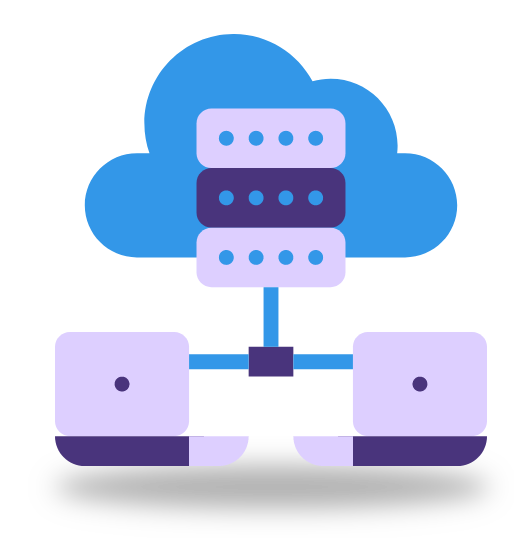
Improved communication. Cloud solutions provide several tools that can improve communication, such as video conferencing and chat tools. These tools can help make it easier for team members to connect and share information.
Increased productivity. The cloud can help increase teams’ productivity by providing access to powerful tools and resources. Using the cloud, teams can work more efficiently and get more done in less time.
Improved security. When organizations use the cloud, they can benefit from increased security. The cloud provides several security features that can help protect data and applications, such as data encryption, automated code scanning, and user authentication throughout the software supply chain.
When working in the cloud, it is crucial to ensure that applications and third-party code are secured from end to end. Safeguarding applications is achieved by using several security tools and services, such as static application security testing (SAST). SAST works by scanning the source code and identifying code vulnerability that malicious actors could exploit. By utilizing SAST, organizations can find and fix security issues before they become a problem.
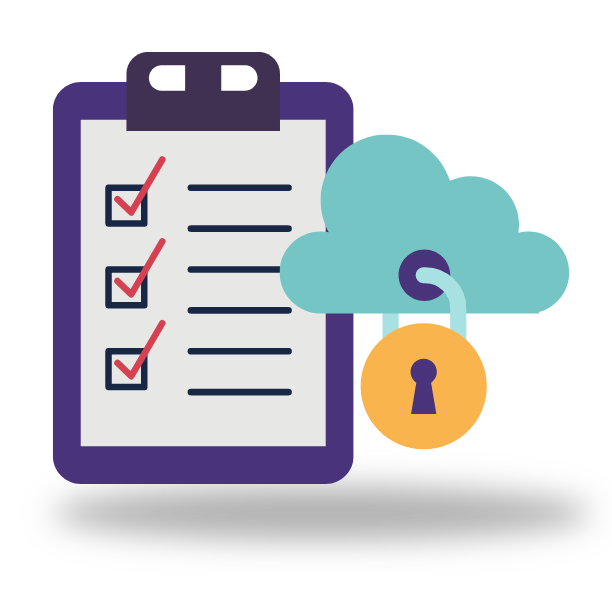
SAST can help to identify code vulnerability early in the development operations before there is a chance for exploitatiIn. By using SAST, developers get real-time feedback, assisting them in fixing issues as they write code and use third-party code. SAST can also help improve the overall security of applications by providing a comprehensive view of the application’s security posture.
When working in the cloud, It is vital to select a SAST tool compatible with the cloud environment. There are several different recommendations on how to secure applications with SAST in the cloud:
Penetration testing is another essential security measure that should be used with SAST. Penetration testing goes one step further than SAST by actually trying to exploit vulnerabilities found in the application. Penetration testing can help uncover hidden security issues that may not be found by SAST alone.
Collaboration is critical to the success of any software development project. Teams can share information, exchange ideas, and pool their resources to create better applications by working together. Collaboration can help improve the quality of code and the overall efficiency of the software supply chain.
There are several ways in which collaboration can improve operations in software development. For example, by sharing libraries and third-party code, developers can avoid duplication of effort and ensure that code is high quality. In addition, collaboration can help to streamline operations in the development process by allowing teams to share knowledge and best practices.
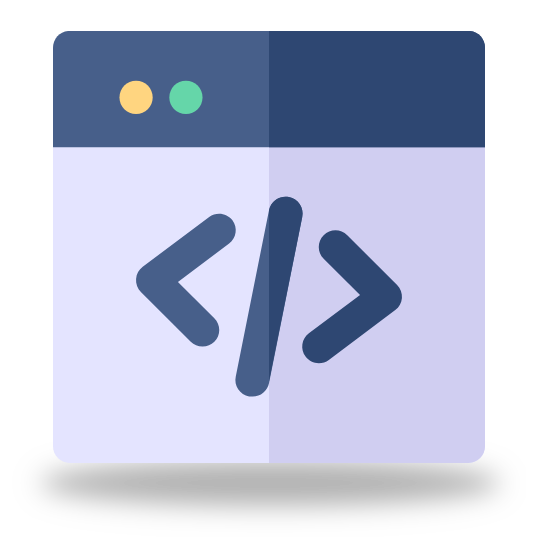
Overall, collaboration is essential to the success of any software development project. Teams can share feedback and suggestions to improve their code’s quality by working together. Additionally, collaborating can help ensure that third-party code is appropriately integrated and tested before it is released to the public.
When it comes to code quality and security, everyone involved in the development process needs to be on the same page. This is especially true in a collaborative development environment, where code is often shared and worked on by multiple people.
One of the biggest dangers to code quality and security is a lack of communication. If developers are not communicating with each other about the code on which they are working, it is easy for mistakes to be made. This can lead to code that is full of bugs and vulnerabilities. The success of any software development operation depends on the devsecops and the code quality delivered by the team working on it.
Penetration testing is one way to ensure that code is of high quality and free of vulnerabilities. Penetration testing simulates real-world attacks, and developers can find and fix any potential security issues before they become a problem.
The collaborative development environment is critical for many organizations because it allows for faster delivery of new features and products. However, with this speed comes the need for code quality and devsecops to be a top priority. By investing in code quality and devsecops early on, organizations can avoid costly vulnerabilities later.
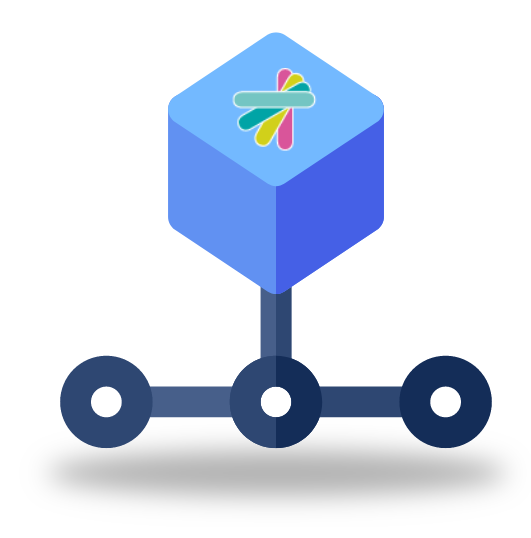
Organizations need to collaborate to create better applications and improve software development. Leveraging cloud solutions can help make this process easier and more secure. At Kiuwan, we provide code security and composition analysis solutions to help your organization achieve these goals. Our products are designed to work in collaborative environments to ensure your code and third-party code are of the highest quality and security. Contact us today to learn more about our products and how they can benefit your organization.


